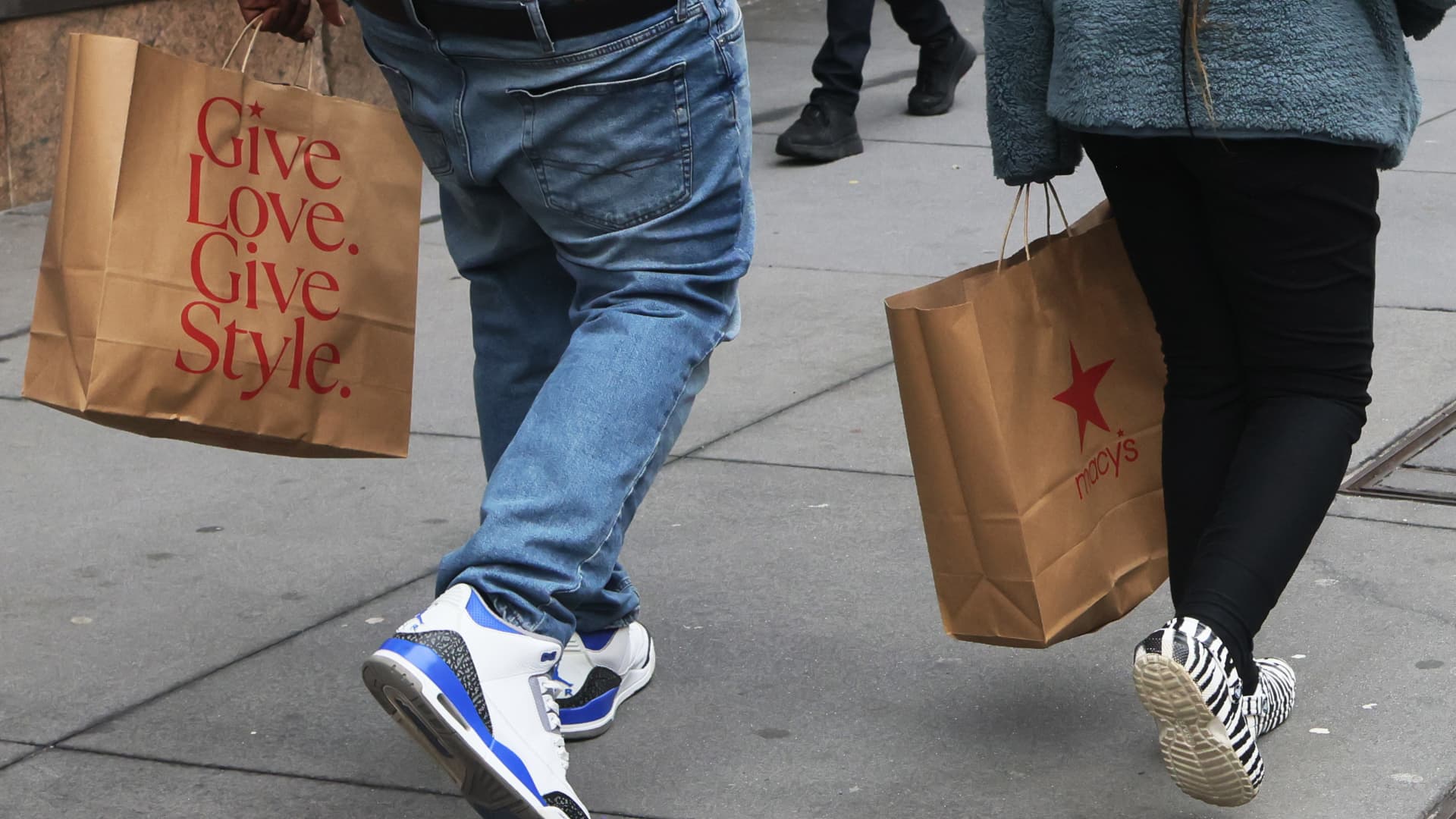
Retail sales defied expectations in March, with the Commerce Department reporting a 0.7% increase compared to the anticipated 0.3% rise. This uptick came despite rising inflation rates, which stood at a 3.5% annual rate for the month according to Labor Department data.
The unexpected surge in retail sales was driven by various sectors, with online sales experiencing a notable gain of 2.7%. Service stations also saw an increase of 2.1%, attributed to the ongoing rise in gas prices.
However, not all retail categories experienced growth during the month. Sales at sporting goods, hobbies, musical instruments and books (-1.8%), clothing stores (-1.6%), and electronics and appliances (-1.2%) reported declines.
The Federal Reserve had been considering cutting interest rates due to concerns over consumer spending in the face of inflationary pressures. However, the stronger-than-expected retail sales data may lead the Fed to reconsider this decision, as indicated by Michael Darda, Chief Economist and Macro Strategist at Roth MKM.
Despite these positive signs for consumer spending and economic growth in Q1 2024, it is important to note that inflation remains a concern. The Commerce Department reported that retail sales excluding autos rose by 1%, while the Labor Department's Consumer Price Index increased by 0.4% in March.
The resilient consumer spending and robust economy have led some market analysts to believe that the first rate cut from the Federal Reserve may not occur until September, as suggested by market pricing.
